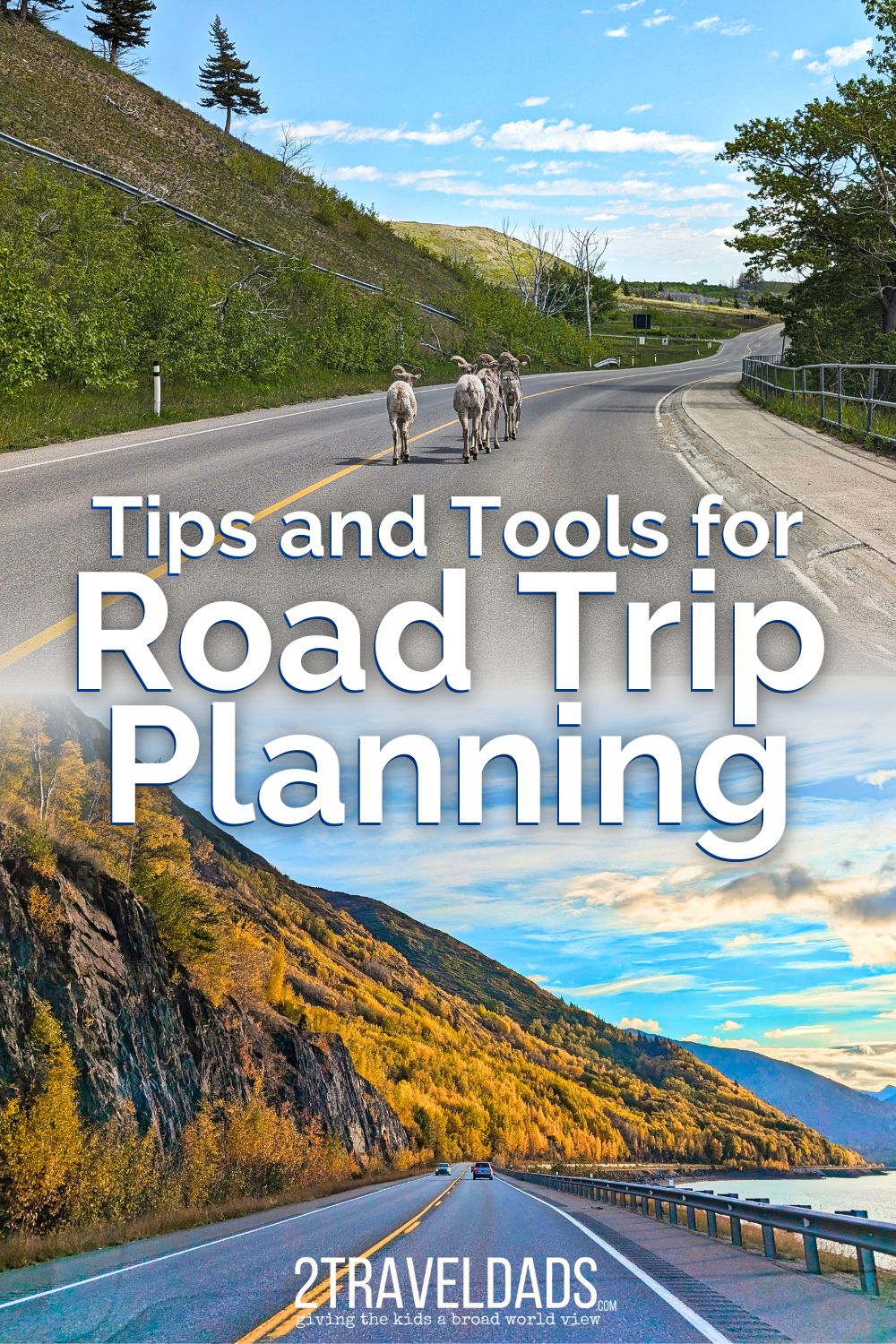I have decided that we are getting back into being a road trip family. We have such good tools for planning road trips and have such a great time when we travel this way. A road trip can be anything from taking a day to explore locally or going from point A and traveling 3,000 miles to point B. What you do in between the points is what makes for the exciting travel opportunities, and this can be such a great way to enjoy travel on a budget while making lasting family memories.
For road trip planning, I think it’s important to start by considering the value of worthwhile sites and attractions. Endless highways and interstates serve a good purpose, when it comes to making travel time fly by but it’s the interesting things off the road they really make a road trip worthwhile though. As you see how we build our road trip plans to be interesting and fun, please let us know if you have any questions or additional suggestions. Please leave a comment or send us a note so we can share more!
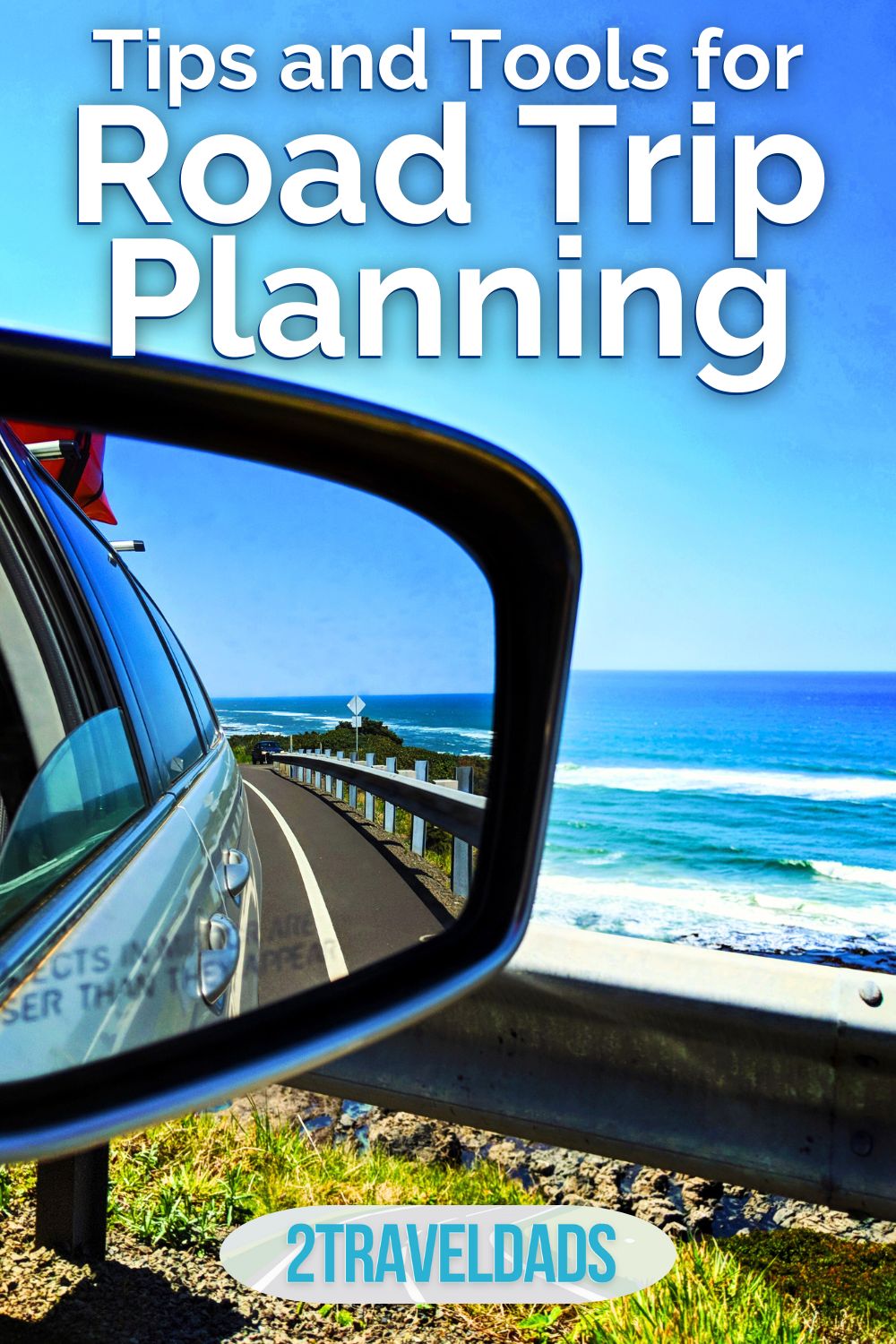
Using Websites for Road Trip Planning
Besides being a published author, I also run travel blogs. And that means that I am always sharing what I find as I journey around with my family. That also means that I’m a big supporter of using OTHERS’ travel blogs for research. There are lots of wonderful books that have been written over the years detailing sites and roadside attractions, but not all publications are maintained regularly and updated with current information. Also, local tourism board websites can prove helpful when you’re planning. Here’s the whole scoop.
The Value of Travel Blogs for Planning
Once you know that you’re going on a road trip, set some time aside dedicated to reading recently updated travel blogs and destination websites. Not only does spending time on blog sites help you get a good understanding of the road ahead, but you’re also helping to support small businesses. Our road trip plans, like this Olympic Peninsula road trip, have been great for helping us actually support people we know who work in travel in tourism in this small region.
KEY STEP TO SUCCESS: when you search for something on the web, chances are that the first 4 search results are ads and then the next 4 search results are UGC forums (user generated content like Tripadvisor or Quora), which still push sponsored content once you get there. You need to scroll to page 2 or 3 of search results usually to get up-to-date travel blog content that’s actually useful for road trip planning, or any type of trip planning. Our 7 day Alaska road trip itinerary is awesome, especially for first time visitors, but it won’t make it onto the first two pages of search results so a lot of people planning road trips in AK are missing out. PS: we also have a really fun, easy 2 week Alaska itinerary if you need it.
Running a travel blog, a lot of my experiences and writing come from being invited to visit new destinations and spending time exploring, and then sharing what I’ve discovered as worthwhile recommendations. Sometimes I write things with the sole purpose of sharing accurate information because I was previously fed crap info and had a lame experience. There’s something to be said for the candid nature of independently run websites, and that’s why I strongly recommend digging into travel blogs to find the most interesting sights.
Here are our travel blogs that we keep as up to date as possible. I think each is a great road trip planning or vacation research tool.

Destination Brand Websites for Current Information
Destination websites are also invaluable road trip planning resources. If you’re going to be driving somewhere and want to enjoy local culture, checking out that specific local destination’s website. It should give you accurate information about festivals and if anything is currently closed or out of operation.
A great example of this would be what events that are typically annual, have been canceled due to a pandemic or recent weather events, such as a hurricane. When you’re planning a road trip this can also be a great indicator of potential traffic when you’re rolling through.
If you’re digging through a destination website trying to curate your ideal trip, be aware that some towns or regions’ travel associations are membership based versus funded by tax dollars. What does this mean for you as a visitor?
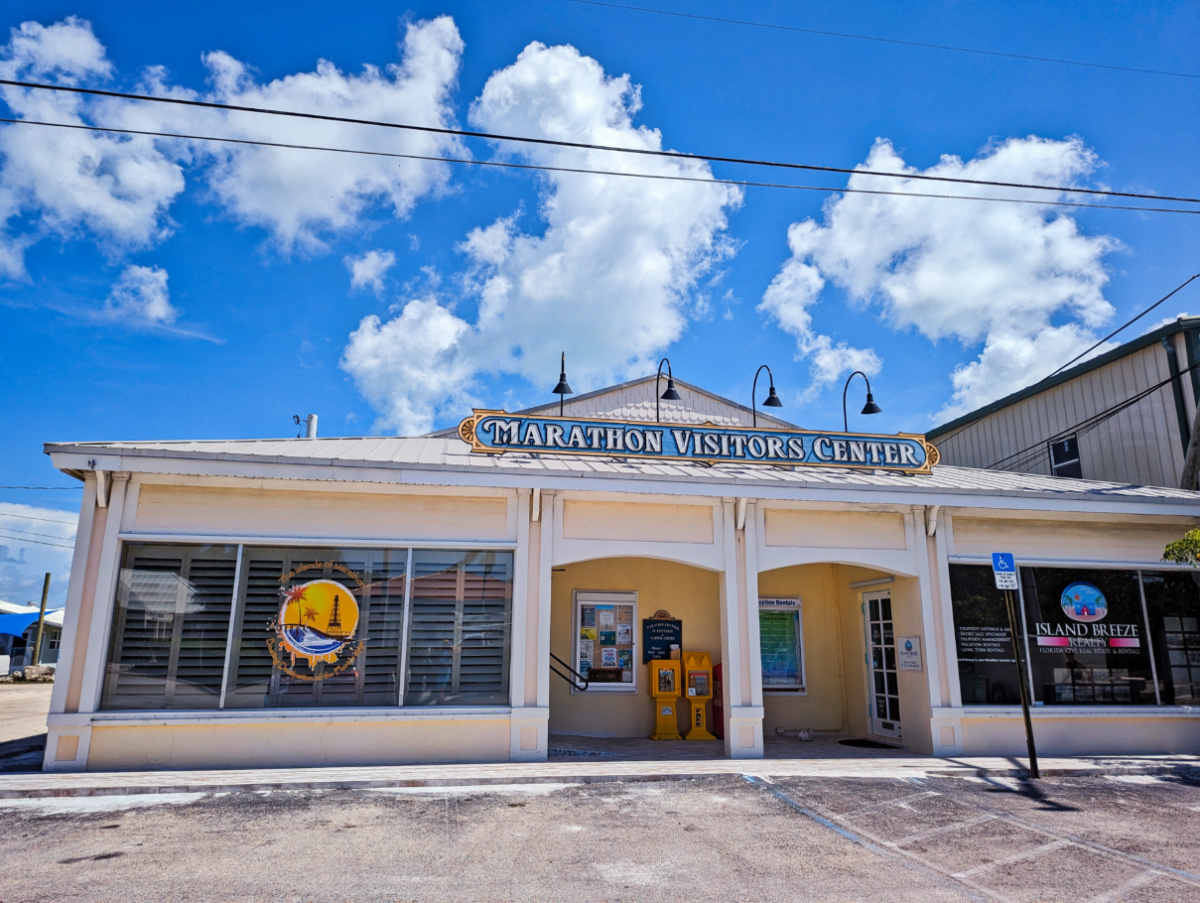
Well, when you’re reading up on the latest things do via the Chamber of Commerce website, you’re looking at information and activities provided by dues paying members, or even businesses who have purchased a front page space. This means they’ve got the money to get in front of your eyes, but might not always be the best choice for you. Chamber of Commerce organizations usually do have great rapports with their members though, so if you need direct help in your travel planning, connecting with the community you’re visiting is easy through the local Chamber.
Note: I would say that the majority of attractions and businesses that are a part of Chambers of Commerce are still small businesses, which we always encourage supporting. There are also larger attractions with outside funding (think about franchised restaurants or activities) that participate. Just always think about where your money is going as you plan your trips.
Another type of destination website you’ll find is one that’s run by the visitors bureau or tourism board. Funded by taxes, they share all kinds of businesses in their community. You’ll find a much more broad collection of attractions, restaurants and lodging options through a site like this. Since it’s the job of a tourism board or visitors bureau to promote anything that draws support into their community, you’ll get a very broad range of travel information.
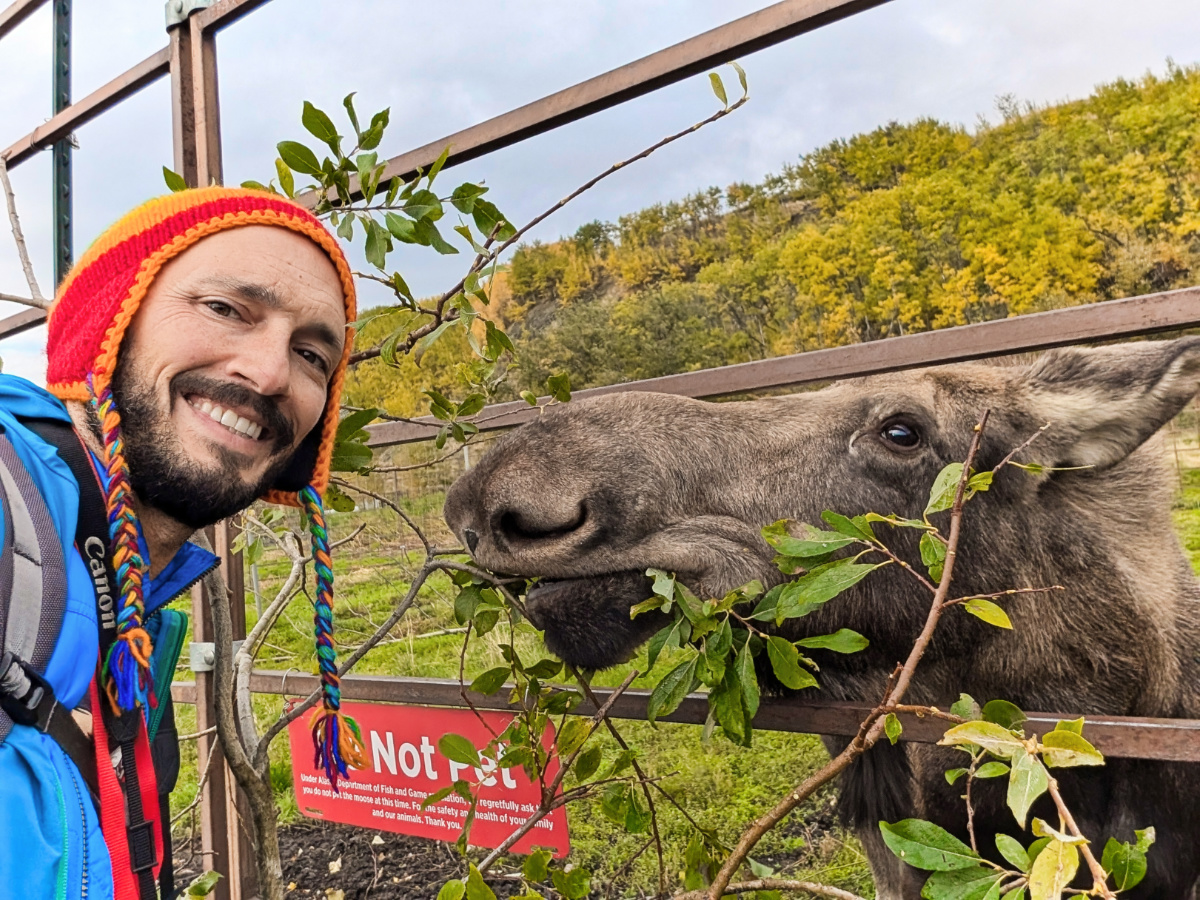
Social Media for Road Trip Planning
I am not one of those people who goes to TikTok to see what the latest trendy place to visit it… but I do use Instagram and Facebook Groups to get travel ideas. I have found that searching for a general destination on social media and then seeing what comes up in the visuals is a great starting place for road trip planning. Poke around and see if there’s something that catches your eye and then find the actual information about how THAT PERSON did that thing or went that place.
As unreliable as it sounds, social media is actually a great place to do research before and even during a road trip. Browsing through hashtags on Instagram or Twitter you will find all kinds of stories from people who have recently traveled through where you are planning. More than once, we’ve changed our plans on the same day because of poking around on social media and discovering either better options nearby or finding that hiking trails were closed.
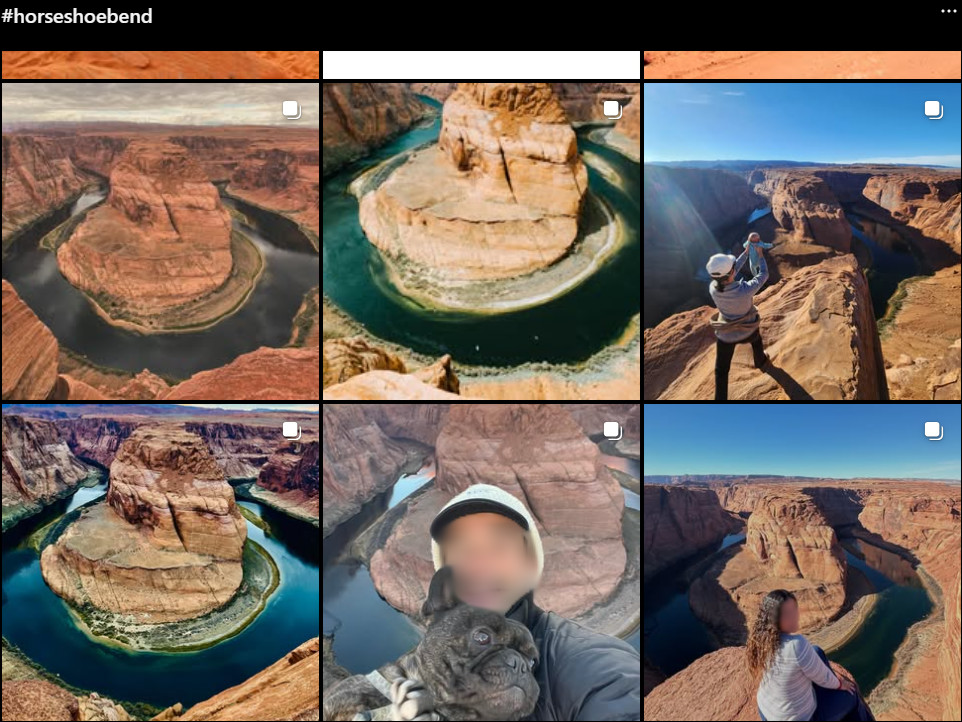
Social media is also how we were able to find out which roadside attractions were open when we did a cross-country relocation during the height of the Coronavirus pandemic. And then when there have been forest fires and flooding during our travels, Instagram and Facebook have been THE places to find the most up-to-date information about impacted areas. Road trip planning sometimes becomes an agile activity.
As irritating as social media can be, it also can be a boundless tool for research. And on that same note, contributing your own experiences and opinions to social media will help others who are also doing research. If you want to contribute to the online, global travel community, share your road trip experiences honestly and using the appropriate social media tags. If there’s one thing that’s kept me sharing on our blogs is the feedback and thanks from real life people who’ve found our social media and blog posts and been helped by them.
Follow us on Instagram at 2TravelDads, TheKeysExplored, MyAlaskaTrip, MyAlohaTrip, MaineExplored, SavannahExplored or StAugustineExplored.
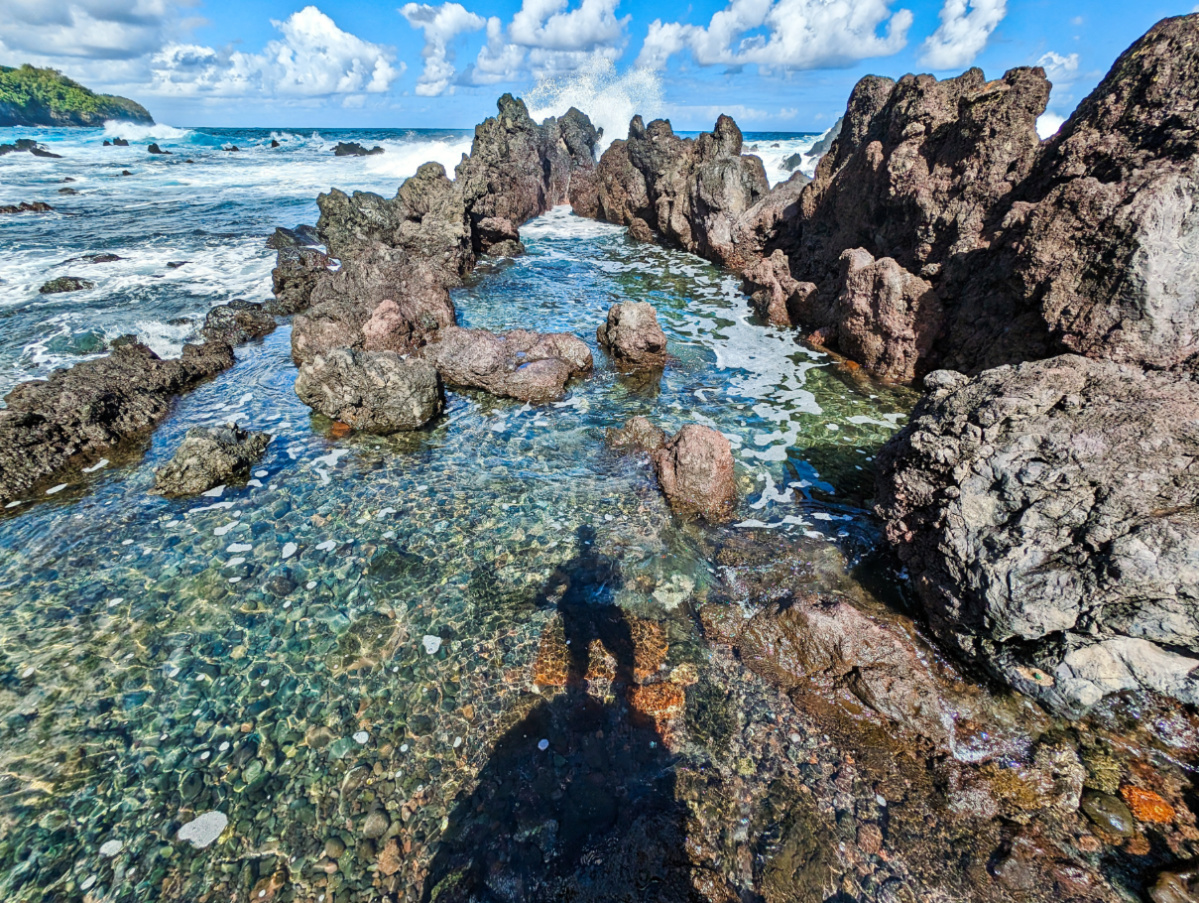
Gate-keeping in Travel Social Media
A commonly spoken of topic, both in social media and now in major magazine and news publications, is gate-keeping. The Urban Dictionary defines gate-keeping as:
“When someone takes it upon themselves to decide who does or does not have access or rights to a community or identity.”
How does this apply to travel and social media research? Simple, and you may or may not have been exposed to this in the past. What this means when you’re researching travel via social media is that you may find a place, a gorgeous, calm, perfect pond with a magical waterfall cascading into it… and it’s tagged as “Planet Earth” or “Keep nature wild” or any other wide variety of statements. Usually, the caption or proclamation in the post includes a statement of the need to not share the location in order to preserve it.
The problem with this is that those sharing their travels on social media this way are deciding that they were worthy of the experience, but others are not. They are assuming others won’t respect or appreciate the site the way they do. They’ve decided that their own presence had zero impact and that YOU will be destructive in your pursuit of nature. I found this a lot in researching our Arizona road trip and also our one week Big Island itinerary.
My big opinion: if you’re going someplace that is so very special and beautiful that you want to keep it a secret, don’t share it. Don’t brag about your exclusive access when you’ve created the exclusivity yourself. If you’re sharing something and gatekeeping, then you’re traveling to gain approval or admiration from others. Travel is to grow your own experiences and to learn; traveling to impress others is top-notch douchebaggery.
As you venture onto your road trip and share your experiences and discoveries, don’t be a gate-keeper. Share where you are and HOW you left no trace. Encourage others to be aware and respectful, but still able to share in the special spot you’ve found.
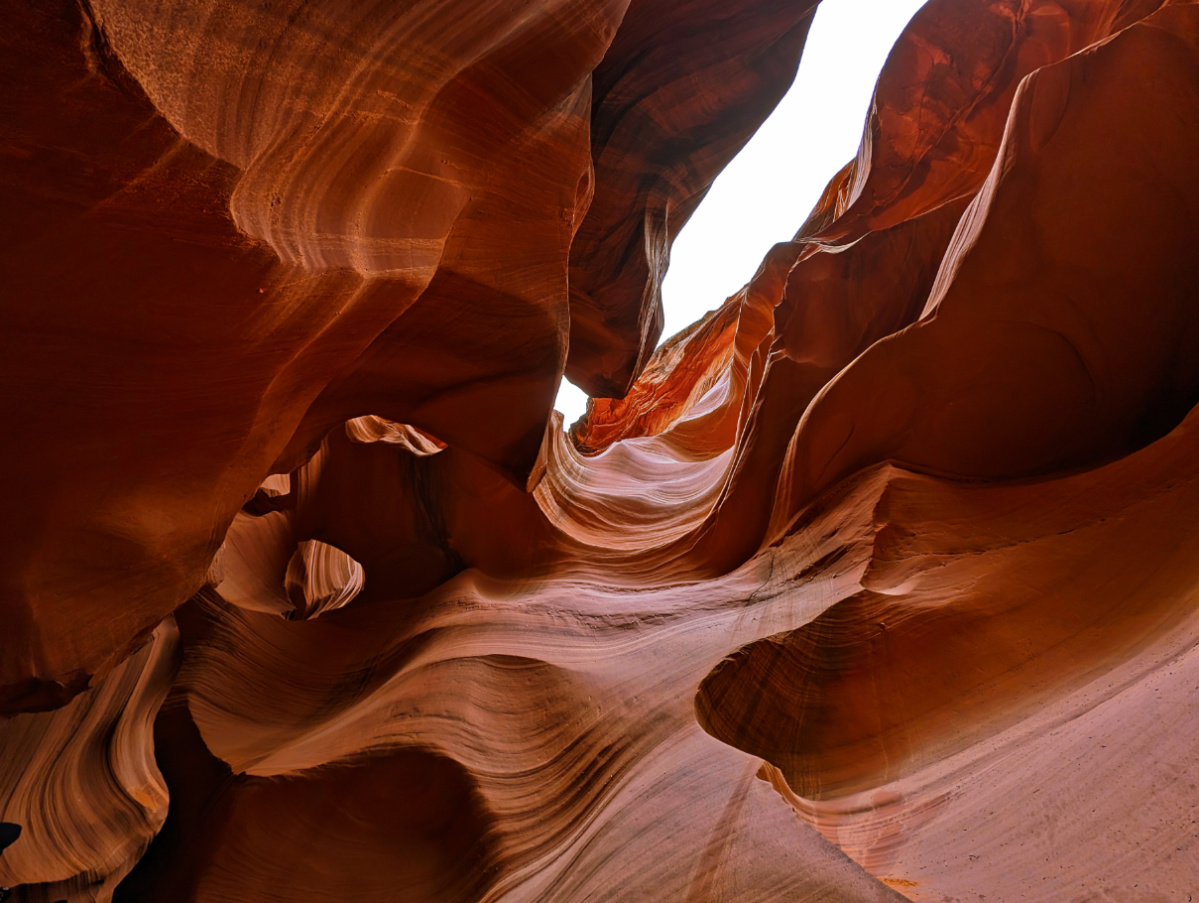
Researching Epic Views for Road Trip Plans
Did you ever poke through a coffee table book and see epic views that you just can’t even comprehend hiking to? I do that all the time and with a little research, I can often either find the exact same view or something comparable.
So how do you find amazing views when their exact map coordinates aren’t available. It’s more simple than you might realize. Say you’re flipping through some pages and see a beautiful picture of a canyon that you MUST see with your own eyes. Within the publication, look at the photo credit, and if the precise location isn’t included, hop on the internet and search for the photographer who’s credited and the approximate location. From here, you may either find a website by the actual photographer or a blog post detailing incredible views in that same area.
Another way to research beautiful places or hidden attractions is to, again, jump online, this time into Google Maps and browse through pictures within the map layers. Here’s an exercise to practice:
- Choose a general location on a Google Map (I look with Satellite imagery mode on)
- Click onto park, point of interest, or photo symbol
- You’ll see there are countless user photos, many with captions and information
- Drill down even further in the map and you’ll find photos users have uploaded at more pin-pointed spots
As you learn new techniques for online research, road trip planning gets even more exciting. You’ll find so many new, and often overlooked, points of interest to add to your itinerary.
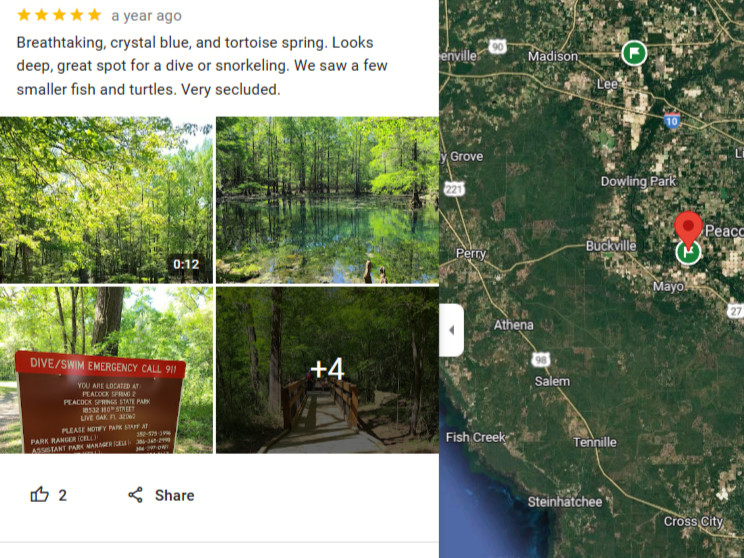
Deciding How Far to Go Off Course
Whenever I build a road trip plan, I’m always sure to add extra time in, either each day or to the full calendar of the trip. The purpose of a time buffer is so that you can stay on schedule but also lean into the random dirt road you’re curious about, or the completely unexpected public art park that you just have to stop at. Road trip planning is part focus and part happy distraction.
As you start to plan your road trip itinerary, take into consideration how well you know the history or culture of where you’re traveling. Basic research might uncover that your path is actually an historic route full of small museums or iconic pie shops. This is how we discovered Oregon Caves National Monument and the awesome Oregon Caves Chateau initially.
Both in planning and when we’re actually on the road, our family follows this simple set of qualifiers before going off course. If we can score 3 out of 5, then it’s worth the stop:
- Have we been to or seen something very similar before?
- Is there a wow-factor or true curiosity about it?
- Does going off course change where we spend the night? *You’ll see that this has BIG weight in decision making
- Do at least 50% of us have an interest?
- Could the weather prevent us from enjoying it when we arrive?
| A | B | |
| Have we been to or seen something very similar before? | N | Y |
| Is there a wow-factor or true curiosity about it? | Y | N |
| Does going off course change where we spend the night? | N | YYY |
| Do at least 50% of us have an interest? | Y | N |
| Could the weather prevent us from enjoying it when we arrive? | N | Y |
| If column A is more, then do it! — Totals |
Road trip travel, by nature, needs to be a flexible experience. Uncertain road conditions or traffic can have a big impact on how the drive actually goes. Enjoying a stop more than you expected and so lingering longer can throw a hiccup into how well you’re making time. It’s okay to go off course a bit, either metaphorically or in reality, but have a back up plan in case you’ve derailed your trip a bit too much.
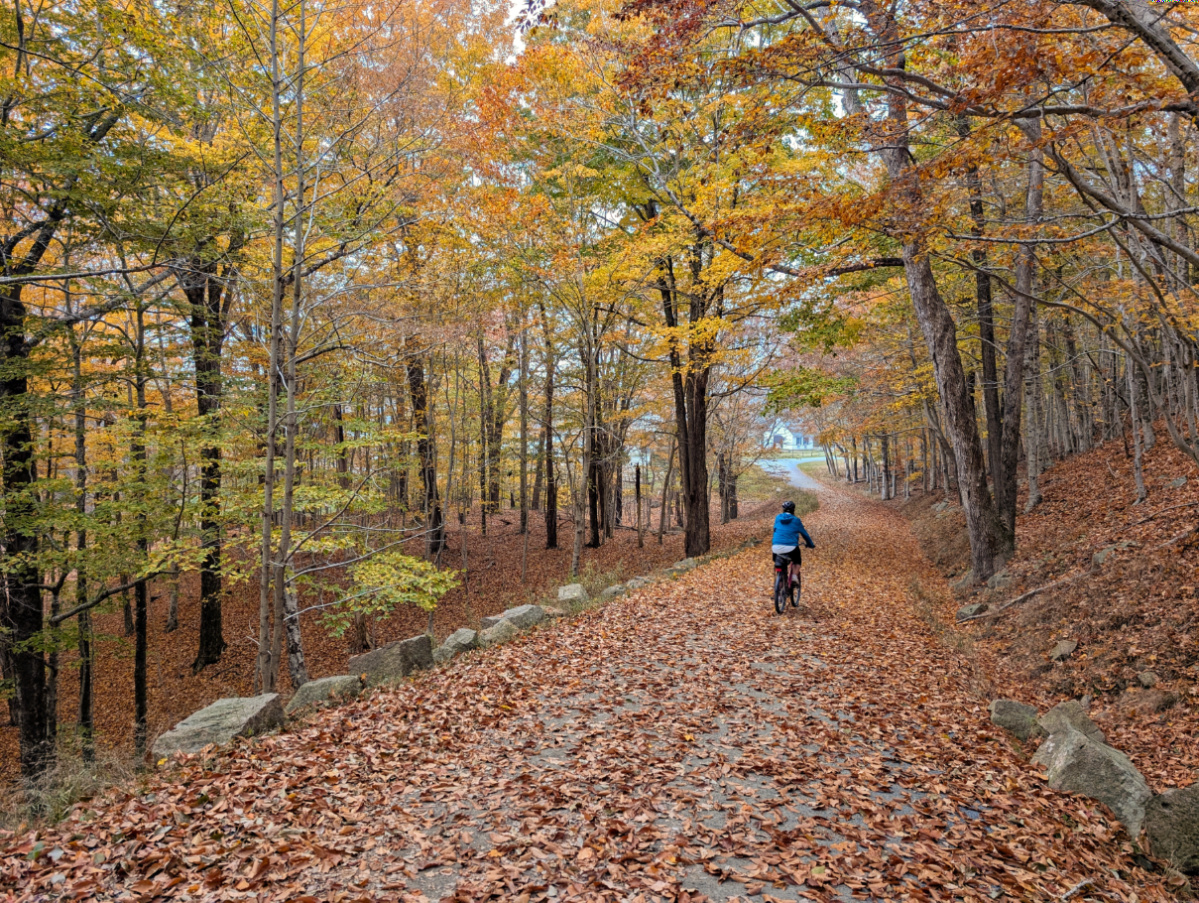
Check out our collection of road trip plans and tools!
I hope this is helpful as you work on your own road trip planning process and make itineraries that you and your family will love. The journey really can be as fun and memorable as the destination if you make it so. If you have any questions or want to share your own tips, please leave a comment or send us a note. We’re always happy to share more!
